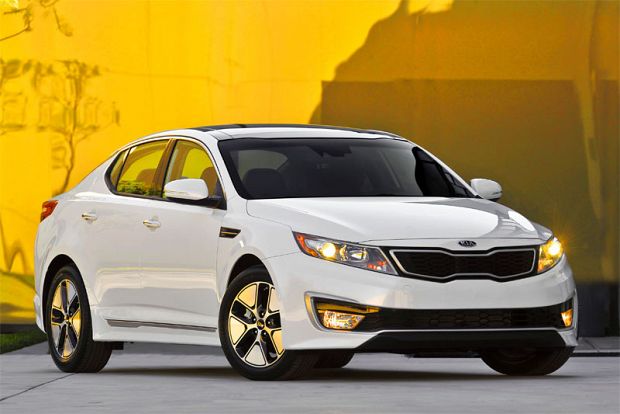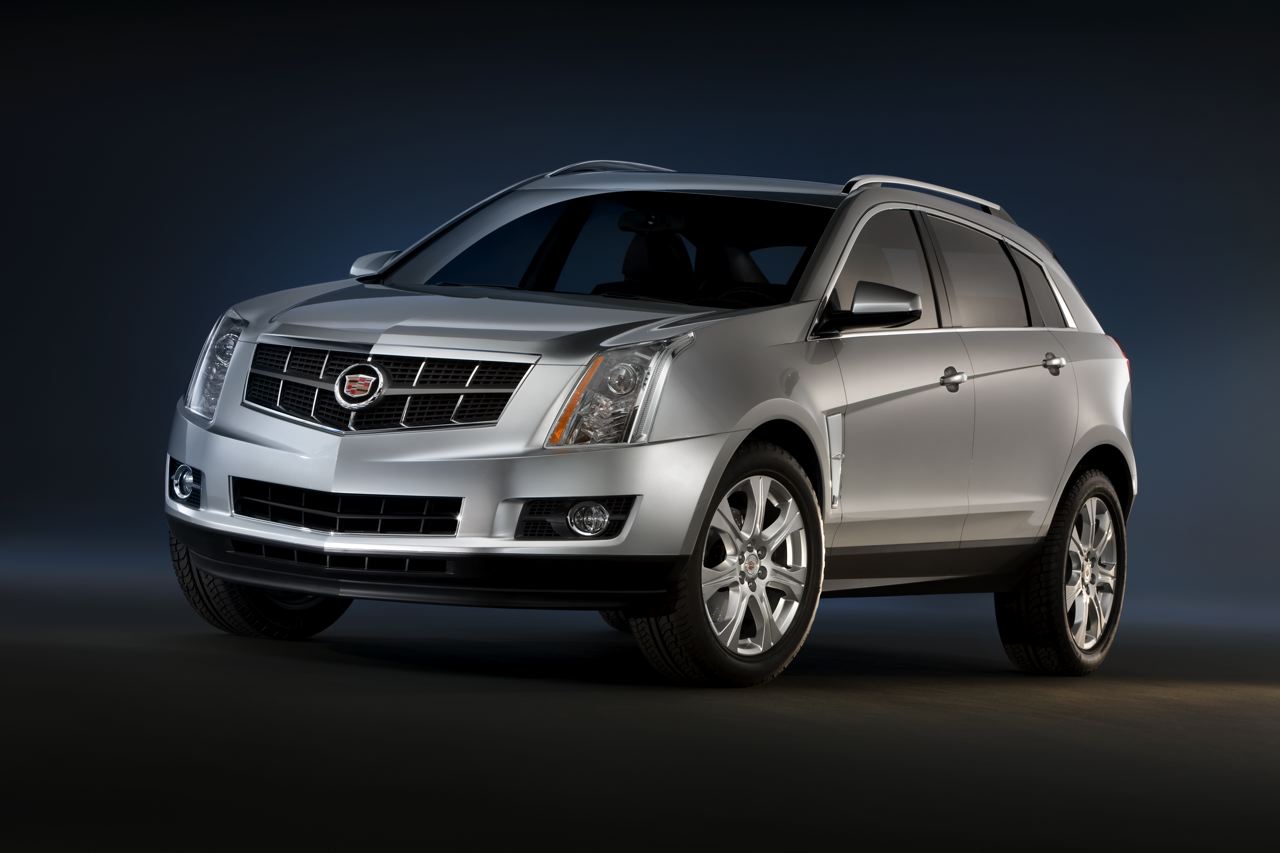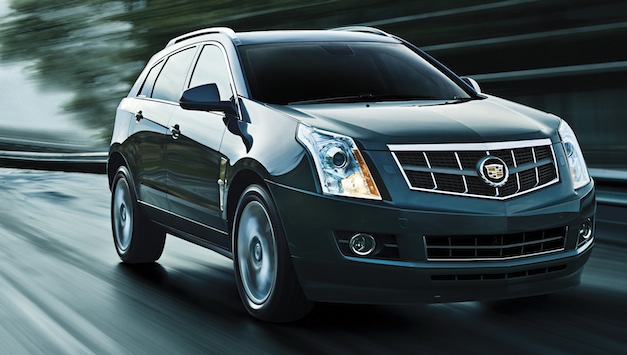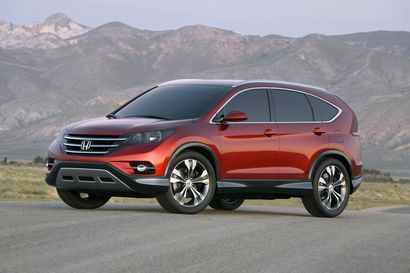Kia Canada Launches First-ever Kia Hybrid Vehicle, 2011 Optima Hybrid
 Nanaimo, BC, July 28, 2011 - As the latest model in Kia's design-led transformation, the all-new 2011 Optima mid-size sedan lineup is amplified with the addition of the Optima Hybrid, starting at $30,595. With a stunning design, roomy interior and outstanding fuel efficiency, Kia's first-ever hybrid in North America will attract those looking for a striking and well-equipped sedan that does not sacrifice style, comfort, performance or value for fuel efficiency. The Optima Hybrid employs a newly-developed powertrain that includes several innovations that enable it to provide exceptional hybrid performance and efficiency.
Nanaimo, BC, July 28, 2011 - As the latest model in Kia's design-led transformation, the all-new 2011 Optima mid-size sedan lineup is amplified with the addition of the Optima Hybrid, starting at $30,595. With a stunning design, roomy interior and outstanding fuel efficiency, Kia's first-ever hybrid in North America will attract those looking for a striking and well-equipped sedan that does not sacrifice style, comfort, performance or value for fuel efficiency. The Optima Hybrid employs a newly-developed powertrain that includes several innovations that enable it to provide exceptional hybrid performance and efficiency.
"The introduction of the Optima Hybrid to the Canadian market in 2011 marks a significant milestone for Kia in our current design-led transformation through the enhancement of world-class technology" said Maria Soklis, Chief Operating Officer Kia Canada Inc. "The hybrid offering also further entrenches our positioning as a responsible car company that will continue to provide Canadians with environmentally-friendly, world-class vehicles".
The 2011 Optima Hybrid uses a full parallel hybrid system and can be driven in zero emission mode, and/or in blended gas-electric mode. When the car comes to a stop and the electrical load is low, the engine shuts off to completely eliminate idle fuel consumption and emissions.
Durable Lithium Polymer Battery The 2011 Optima Hybrid's outstanding efficiency is due in large part to the use of a lithium polymer battery, which was developed in South Korea with partner LG Chem. The power and energy density of this new battery type allowed Kia to create a lighter and more compact battery pack, with the 30 kilowatt battery pack weighing just 95.9 pounds (43.6 kilograms) - less than the 2011 Toyota Camry Hybrid's nickel metal hydride pack - which maximizes fuel economy.
Optima Hybrid's battery will hold its charge up to 25 per cent longer than hybrids with nickel metal hydride batteries, so the battery is more likely to have usable energy available even if it has not been in use. With that improved efficiency, more of the recovered kinetic energy and charging energy from the engine is available to move the car as necessary, which allows the vehicle to provide electric driving assist more often and for a longer period. Lithium polymer also has less of the self-discharge characteristic found in most rechargeable batteries.
Unique Hybrid Architecture
Unlike most current systems on the market, the Optima Hybrid powertrain is configured with a unique architecture. Compared to the power-split hybrid systems found on vehicles from Toyota or Ford, the Optima Hybrid uses a Transmission-Mounted-Electric-Drive (TMED) layout with the electric motor separated from the transmission gear-set. Offering several advantages, this modular layout includes more efficient powertrain packaging, use of many existing components such as the six-speed automatic transmission found on the 2.4-liter GDI Optima, resulting in a consumer cost reduction. This also allows for other possible future combinations including the application of more powerful motors and higher capacity batteries.
The Optima Hybrid also is among the first full hybrid systems on the market to use a typical step-ratio automatic transmission. The extremely compact six-speed automatic that debuted on the 2011 Kia Sorento CUV is carried over to the hybrid largely unchanged. An external electrically-driven oil pump also has been added to provide the hydraulic fluid pressure needed to keep the clutches engaged when the vehicle is in idle stop mode.
The Optima Hybrid's electric motor is hard-coupled to the input of the transmission and equipped with a permanent magnet synchronous electric traction motor that produces 40.2 horsepower (30 kilowatt) and 151.2 pound-feet of torque when electric only, and an impressive 206.2 horsepower and 195.4 pound-feet of torque when in hybrid mode. This replaces the torque converter, with a multi-disc clutch fitted between the engine and motor, enabling the gasoline engine to be de-coupled from the powertrain for idle stop and electric drive modes. Employing this layout allows the entire package, including a torsional damper, to fit virtually within the same area as the traditional torque converter. The Optima Hybrid technology enables the vehicle to attain impressive fuel economy numbers, both, during highway and city driving, achieving 4.9 and 5.6 litres per 100 kilometers respectively.
Another unique component of the Optima Hybrid is the Hybrid-Starter-Generator (HSG). This 8.5 kilowatt starter motor-generator is belt-driven off the Theta II engine and operates at the same 270 volts as the electric traction motor and the lithium polymer battery, but does not provide any tractive effort to the vehicle. In its place, the HSG is used only to start the engine and then to charge the hybrid battery.
One of the main benefits which the hybrid electric powertrain provides is the capability to recover energy lost during braking and store it for use during acceleration and cruising. Once the brake pedal is applied, the engine is decoupled from the traction motor and gives no drag on the vehicle. The motor is then used as a generator to recharge the hybrid battery. Converting the kinetic energy into electrical energy rather than thermal energy through brake friction also reduces the wear on the brake linings so they last longer. When conditions require emergency stopping or driving on hills, the reliance on regenerative braking allows for the brakes to be more effective.
The Optima Hybrid uses an electronically controlled brake system to determine the driver's braking needs based on the degree of pedal application, which is then converted to a total brake torque requirement. The hybrid system controls then detects the current level of battery charge, vehicle speed and other conditions at the exact moment of time while being driven to determine how much regenerative braking is possible. The brake control system then receives the maximum regenerative braking level to manage the friction braking torque so that total net torque is equal to the driver's needs.
Like all 2011 Optimas, the hybrid uses an Electric Power Assist Steering (EPAS) system that instantly provides assistive torque only when it is needed during steering maneuvers. Reducing the extra weight compared to an engine-driven hydraulic assist, the EPAS is independent of the engine and also provides assistance when the engine is not running, such as during idle stop or electric drive mode.
The Optima Hybrid also features an electrically-driven air conditioning compressor so that climate control can be maintained in the cabin even when the engine is off. Like the electric power steering system, the electrically-driven air conditioning compressor reduces the overall load on the powertrain, cutting fuel consumption; allowing for more precise, on-demand, control.
Taking advantage of the instant and continuously available torque from the electric motor, Kia engineers modified its popular 2.4-litre Theta II engine to operate on an Atkinson cycle, raising the compression ratio by 20 per cent to maximize its efficiency and achieving a 10 per cent fuel saving over a regular Theta engine. This cycle generates a little less torque, but the electric motor compensates for any loss and consequently, the Optima Hybrid's overall power and torque outputs are greater than the gasoline non-turbo model.
The lightweight architecture of the new Optima platform, combined with the lightweight lithium polymer battery pack, brings the Optima Hybrid in at just 3,489 pounds (1586 kilograms), 230 pounds (104.5 kilograms) lighter than the 2011 Ford Fusion Hybrid. This contributes to the high performance and outstanding fuel efficiency.
Beyond the Optima Hybrid's innovative powertrain, Kia's engineers addressed all aspects of vehicle efficiency including aerodynamics and rolling resistance. The Optima Hybrid features unique exterior aero refinements, a lower ride height, an active air flap system, lower drag wheels, and underbody aero tuning to reduce drag, while low rolling resistance tires also help increase efficiency. The Optima Hybrid's drag coefficient is an exceptionally low 0.26.
The end result of the Optima Hybrid's highly-efficient powertrain, low-rolling resistance tires, and clean aerodynamic signature is truly exceptional fuel efficiency.


 New 3.6L V-6 bolsters of one of the industry’s fastest-growing crossovers
New 3.6L V-6 bolsters of one of the industry’s fastest-growing crossovers
 MARKHAM, ON - The 2012 Honda CR-V Concept provides a hint at the styling direction for the all-new, fourth-generation 2012 CR-V that is scheduled to go on sale in Canada early next year.
MARKHAM, ON - The 2012 Honda CR-V Concept provides a hint at the styling direction for the all-new, fourth-generation 2012 CR-V that is scheduled to go on sale in Canada early next year.